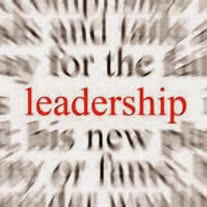*The Unforgotten Lesson: Mandela’s Legacy and the Golden Nugget of Leadership

When Nelson Mandela died, the world mourned not just a leader, but a living testament to an almost unnatural truth: forgiveness is the purest form of strength . His life forced us to confront a paradox— that in leadership, as in life, reconciliation heals what power cannot touch. We know this truth abstractly. As professionals, parents, and peers, we’ve witnessed how instinctively we recoil from forgiveness when harmed. Even those raised in faith traditions that enshrine mercy as divine struggle to embody it. Why? Because forgiveness isn’t natural. When wronged by individuals, institutions, or systems, our primal reflex is retribution—a hunger to make the "prey" suffer as we suffered. Yet Mandela’s torment—27 years imprisoned, his people broken—reveals the inverse logic of true leadership: Excellence emerges not in wielding power, but in relinquishing the right to wield it against those who deserve it least . This is the golden nugget of...




